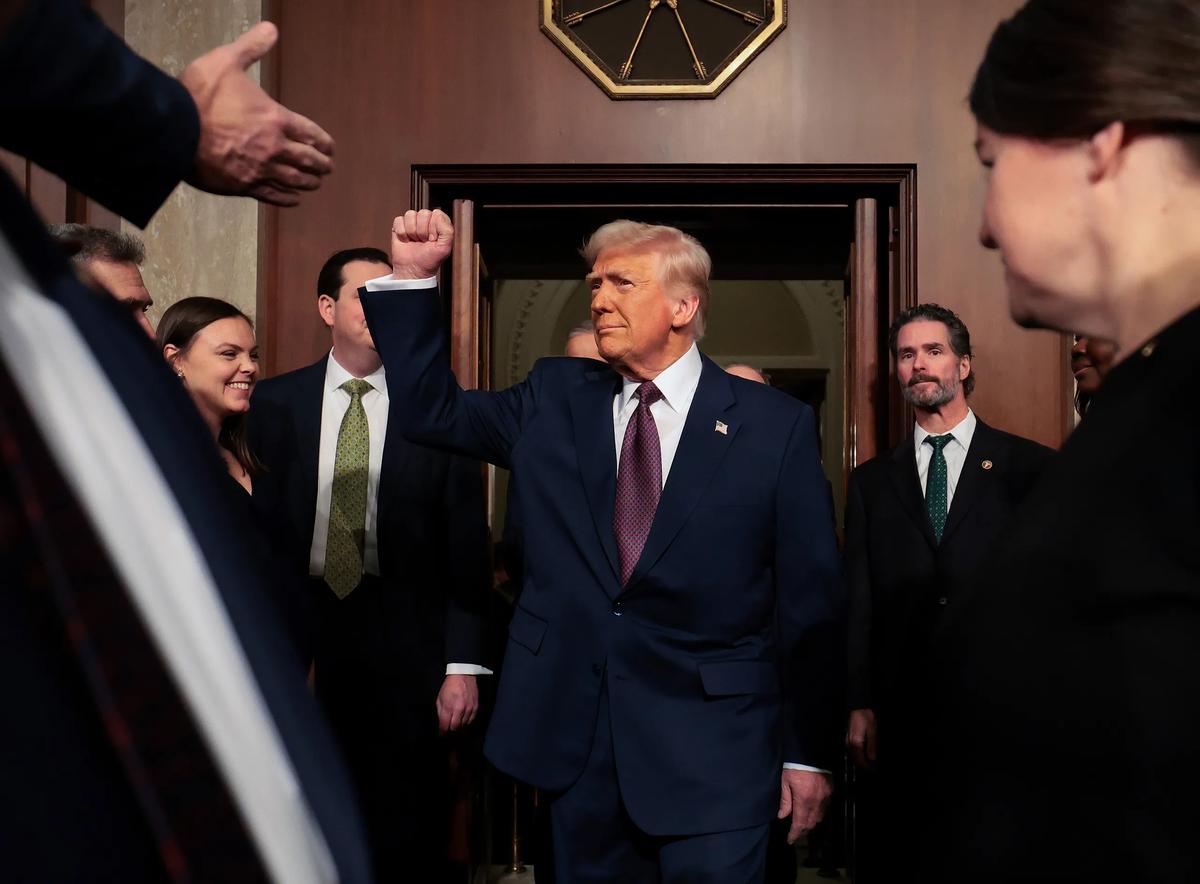Physical Address
304 North Cardinal St.
Dorchester Center, MA 02124
Physical Address
304 North Cardinal St.
Dorchester Center, MA 02124

Former President Donald Trump is urging Congress to end the twice-yearly clock changes. In an April 11 Truth Social post, he backed permanent daylight saving time, calling it popular and cost-effective.
The Trump daylight saving time push revives a long-running debate and adds momentum to the stalled Sunshine Protection Act—a 2022 Senate-approved bill that would lock the U.S. into year-round DST.
Takeaway: Trump daylight saving time advocacy revives a long-standing debate—and may help push stalled legislation forward.

Making DST permanent would mean more daylight in the evening, all year long. Supporters say this benefits:
Nineteen states have already passed bills in favor of permanent DST—but they need congressional approval to implement them.
Takeaway: A federal law is the only path to nationwide change—and Trump daylight saving time support could be key to making it happen.
Critics argue that permanent DST could throw off Americans’ natural sleep cycles, especially in winter. Health experts like Dr. Karin Johnson and organizations such as the American Academy of Sleep Medicine support permanent standard time, not DST, citing:
Senator Todd Young has also expressed concerns, noting that in parts of Indiana, sunrise wouldn’t happen until after 8:30 AM during the winter.
Takeaway: Health experts and some lawmakers warn that more evening daylight means much darker mornings—and potential health risks.

Trump’s latest statement marks a reversal from December 2024, when he called for permanent standard time, and March 2025, when he described the issue as “50-50.” His renewed support for DST aligns with Florida Republicans Rep. Vern Buchanan and Sen. Rick Scott, who reintroduced the Sunshine Protection Act this year.
A recent Senate hearing on April 10 featured bipartisan backing—from Sen. Ted Cruz to Rep. Lisa Blunt Rochester—suggesting growing interest in locking the clock. The Trump daylight saving time campaign may shift undecided lawmakers into action.
Takeaway: Trump’s new stance reflects a political pivot that could influence undecided lawmakers.
No law has passed yet. The House must act before the Sunshine Protection Act becomes reality. If it doesn’t, the twice-a-year clock shifts will continue—and the U.S. could remain in a patchwork of time policies if individual states eventually go their own way.
Takeaway: Until Congress acts, daylight saving time remains temporary—and the clock will keep changing.
Trump daylight saving time support has reignited the debate over how—and whether—we should change our clocks. With bipartisan interest and a fresh political spotlight, 2025 could be the year the U.S. finally makes a move.
Daily News. No B.S. No Fluff. Just What You Need to Know.